Erosion from recent storms has led to the discovery of ‘1,000-year-old’ human remains at the Wemyss Caves in Fife.
A team of archaeologists have been at the site this past week after a skull and other bone fragments were spotted by a site warden.
Two sets of human remains have now been excavated from the coastline for further tests.
Given the age of previous finds, experts believe the remains are at least 1,000 years old.
Wemyss Caves skull discovery
The Save Wemyss Ancient Caves Society (SWACS) announced the “exciting discovery” online after a skull was found by site warden Stuart Cook.
After first notifying officers of the find, it was later confirmed that the bones were “not recent”, and a team of experts were called in.
Buckhaven resident Stuart said: “I was checking the coast edge for any damage caused by the recent storms and came across what seemed to be a couple of bone fragments.
“On closer inspection, I could also make out what was obviously a human skull poking out of the sand.”
The skull was largely intact and a completely separate burial was also discovered when a fragment of leg bone was spotted sticking out of the soil.
Past finds date back to 11th century
Joanna Hambly, an archaeologist with the SCAPE Trust, said: “At least five skeletons have previously been found along the coast, the most recent in 1993.
“These were radiocarbon-dated to around the 11th century so it’s probable that the new finds are at least 1,000 years old and from a now-eroded early medieval cemetery.
“No grave goods (eg pottery or metalworking) have been found with any of the burials.”
It is believed that Wemyss Caves may have been a place of pilgrimage during early Christianity – with crosses previously found in several caves along the coast.
The excavation of the bones is now complete and they will go under forensic analysis next year.
As a result of recent storms that have battered the east coast, parts of the Fife coastal path may have to be permanently re-routed.
SWACS chair, Mike Arrowsmith, added: “Coastal erosion presents a real long-term threat to this unique site.
“But events like this can also help us learn more about its history.”
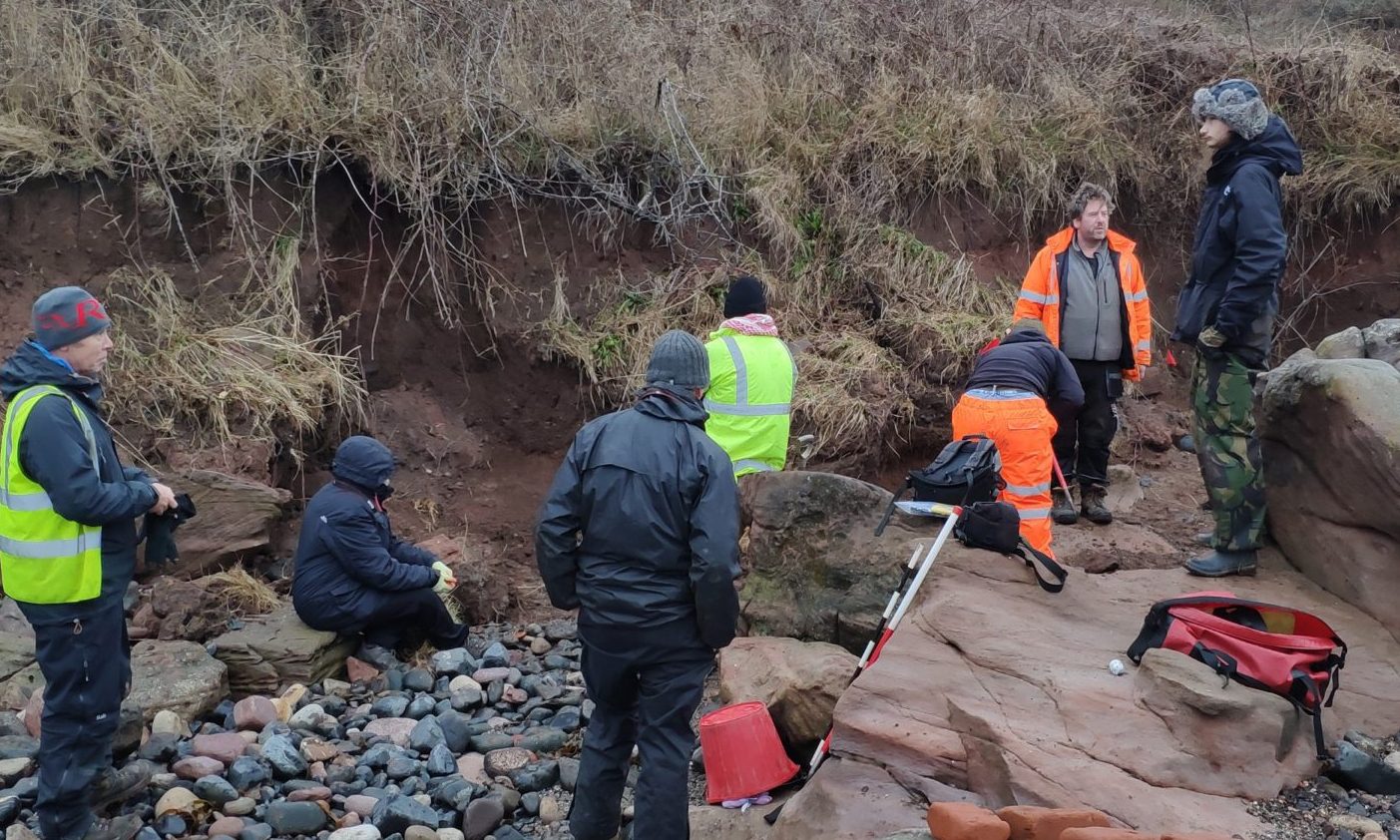

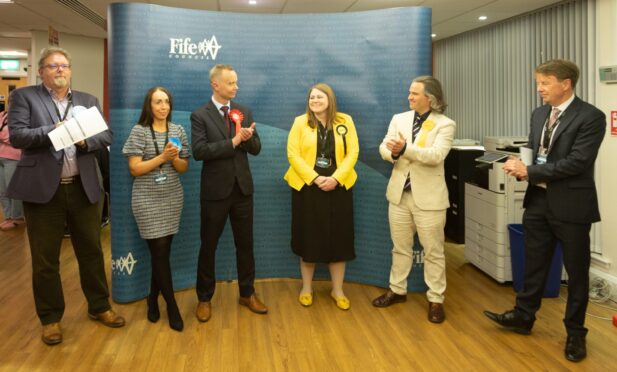
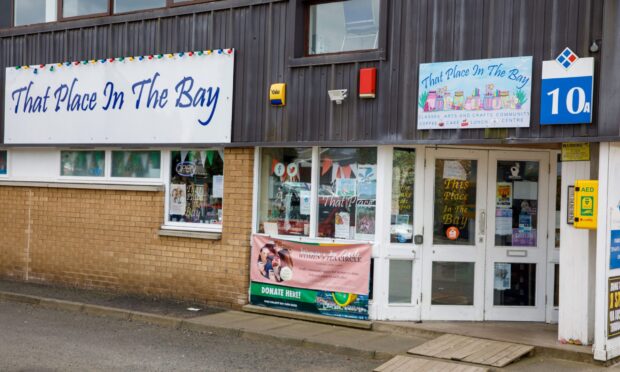
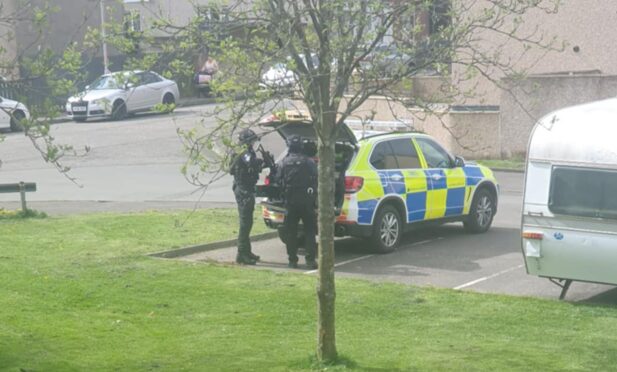
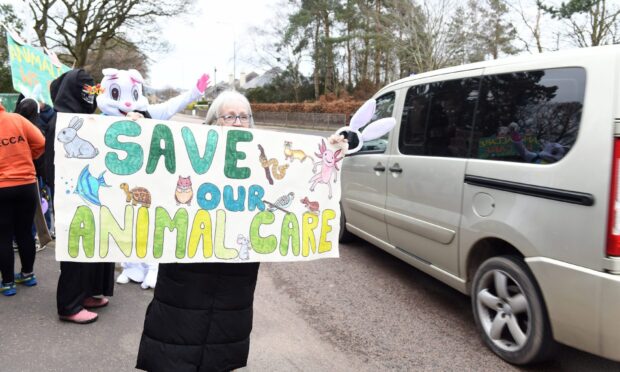
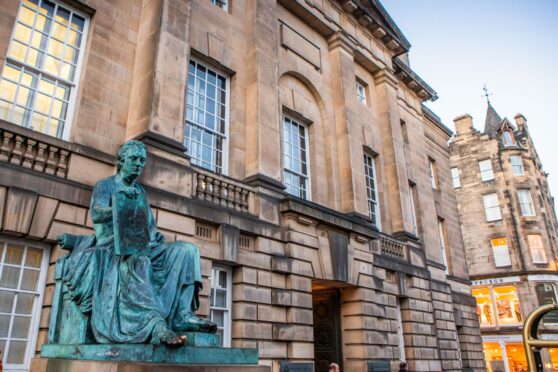
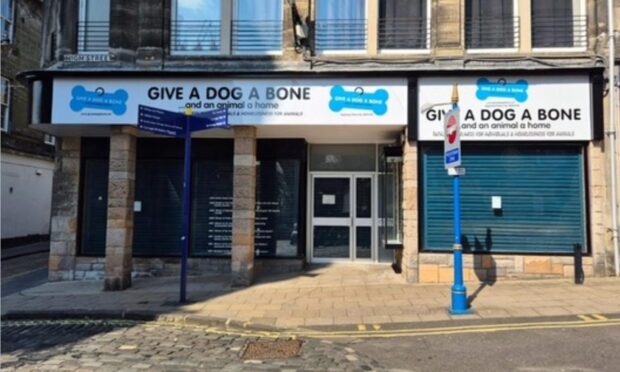
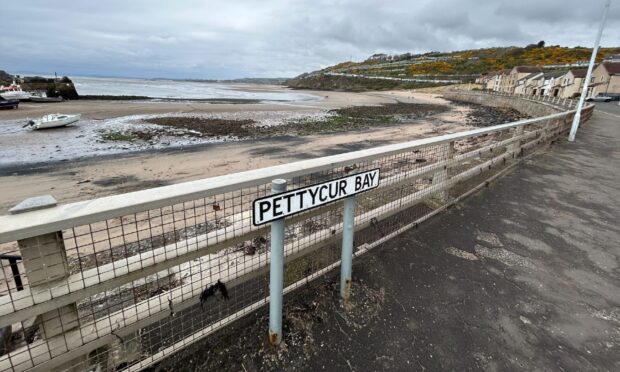
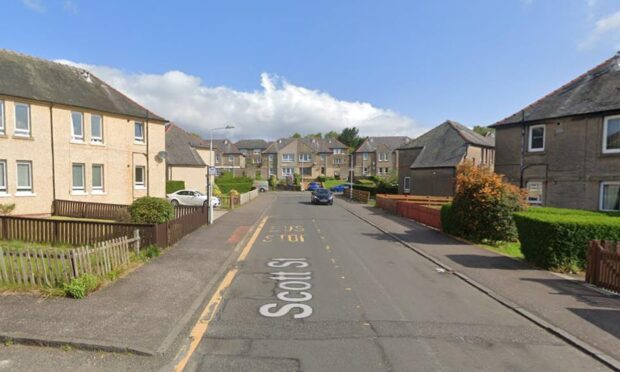
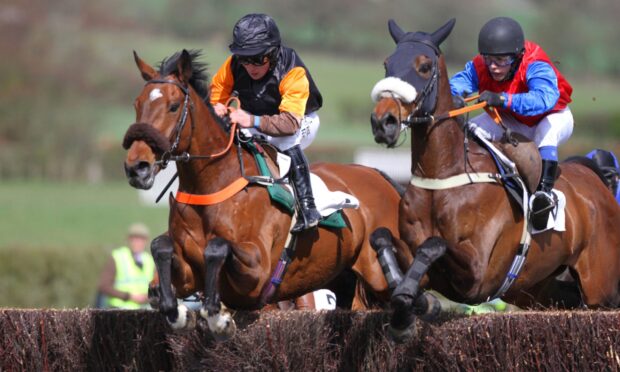
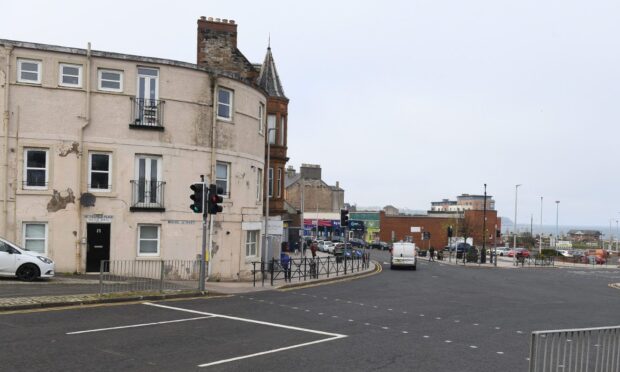
Conversation